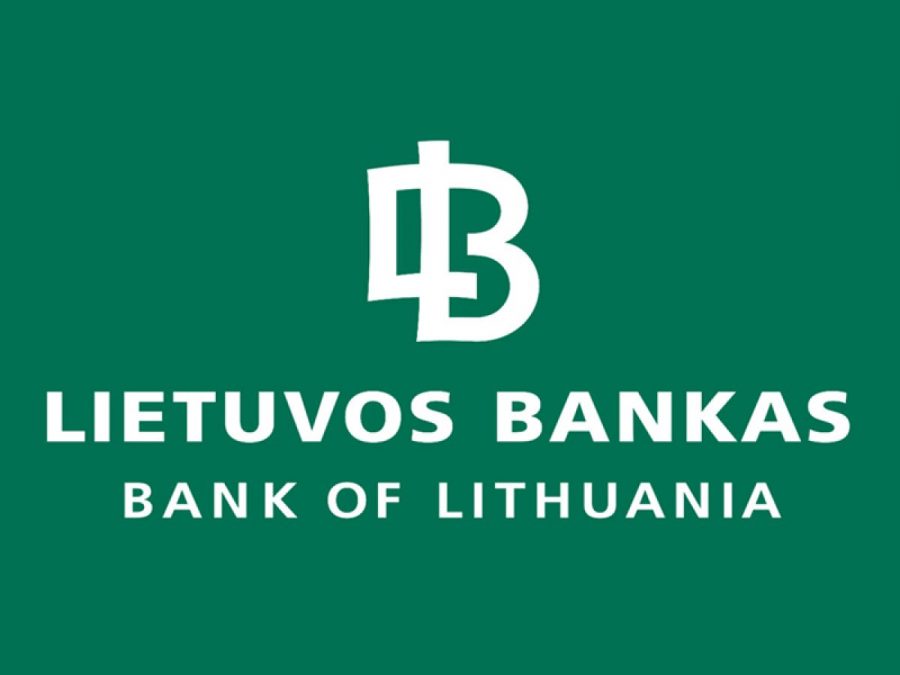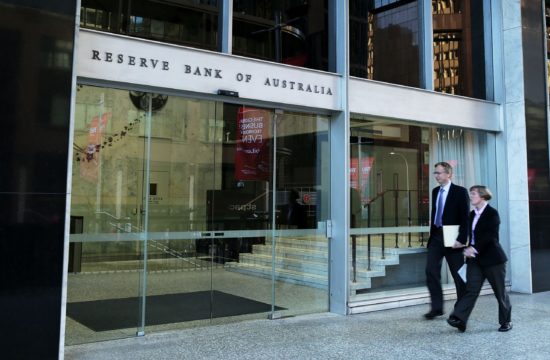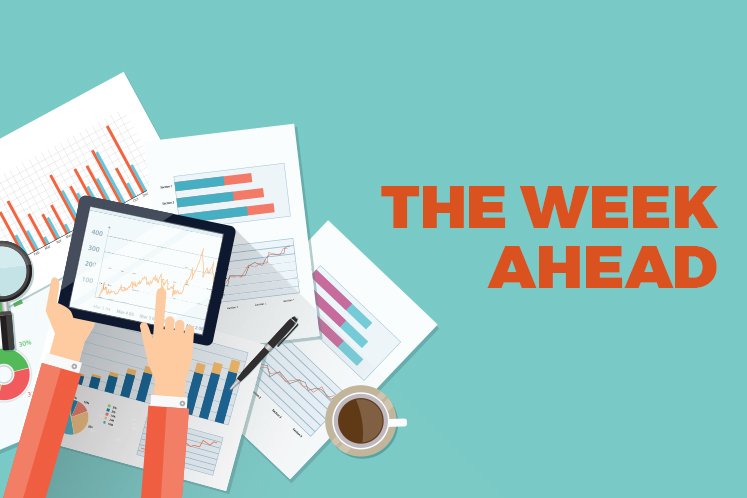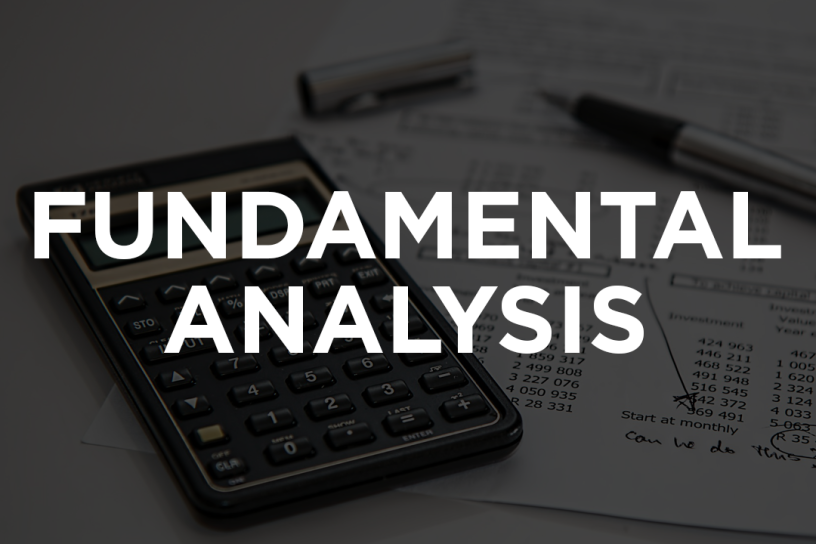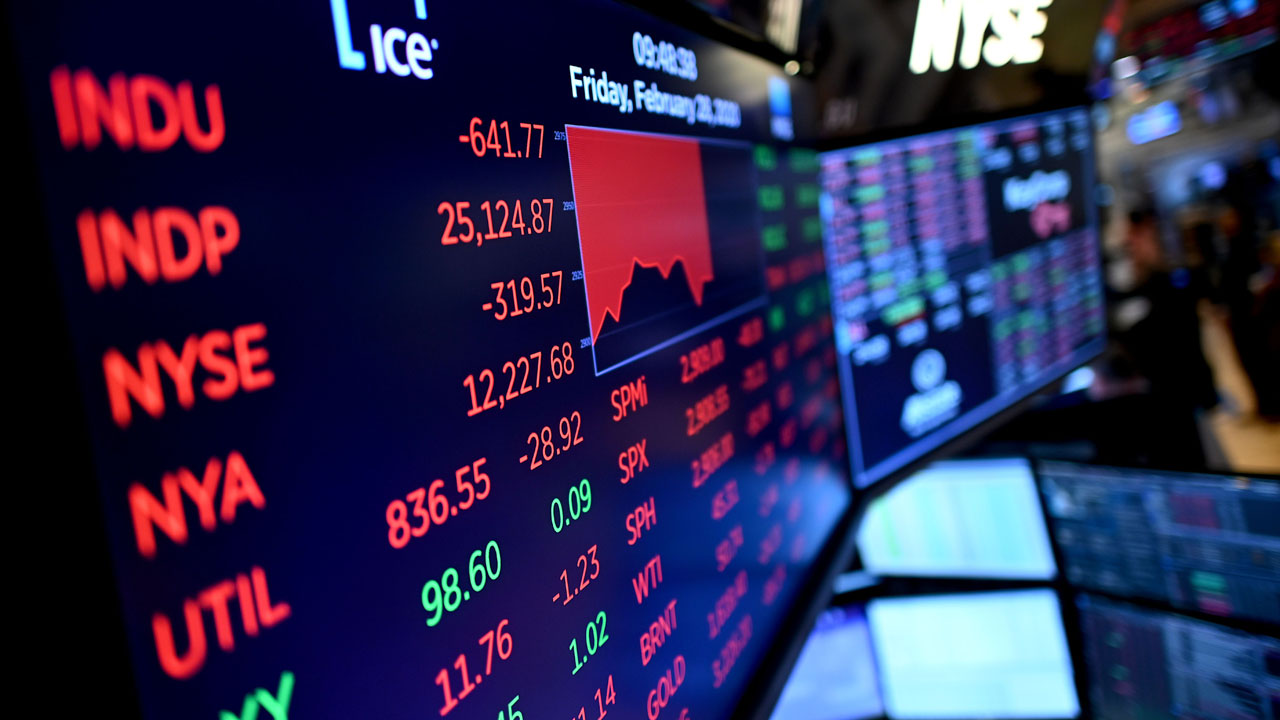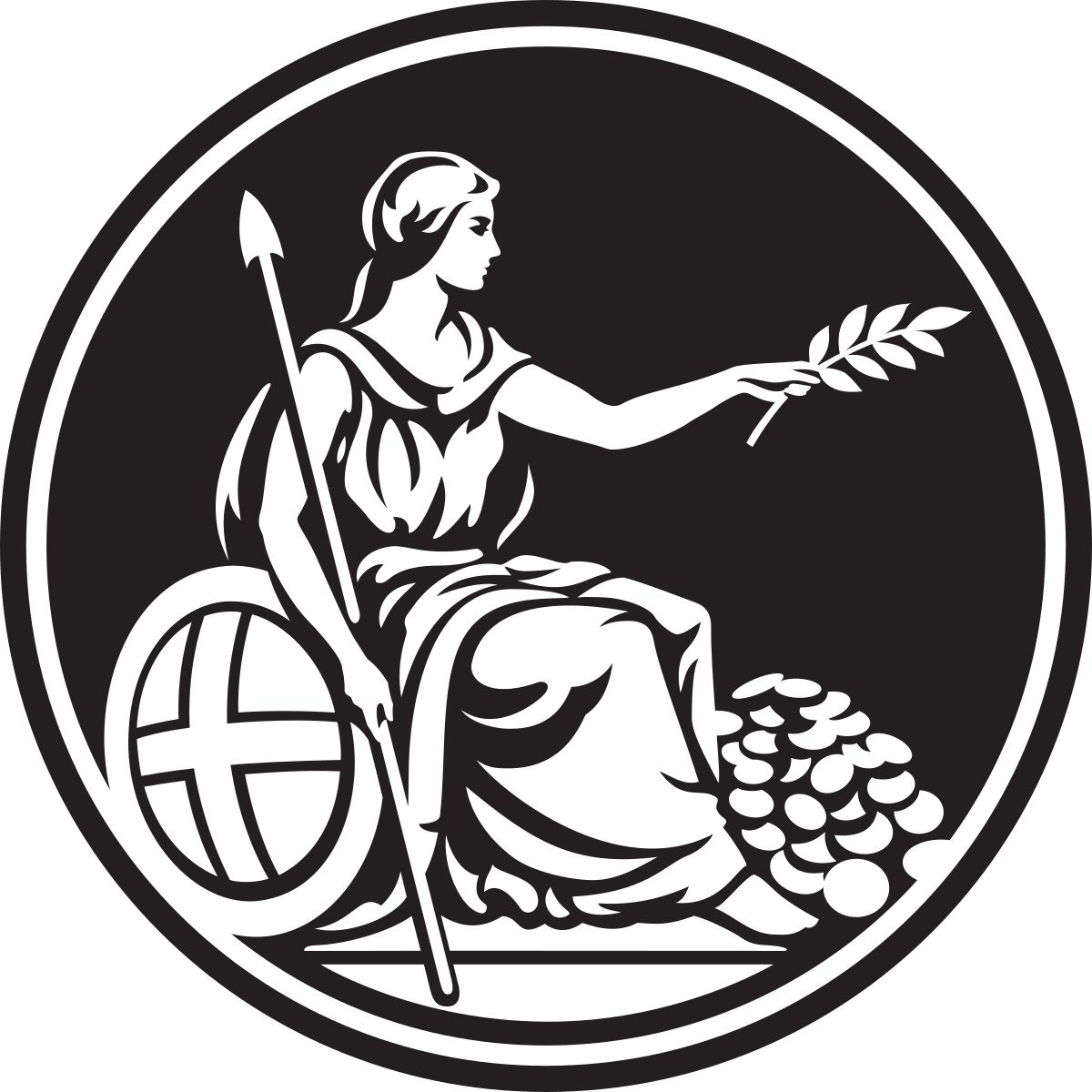Lithuania’s economic and financial system managed to withstand the first shock of the COVID-19 outbreak better than previously expected. Although the latest economic signals indicate that the worst-case scenario might have been avoided, uncertainty surrounding recovery prospects remains high. The fallout from the pandemic is the ultimate risk to the stability of the financial system, however, responsible lending practices and accumulated buffers will help banks absorb potential losses even if faced with a particularly unfavourable scenario.
“Lithuania’s economic health seems to be stabilising, yet it still needs intensive care followed by a long rehabilitation to make a full recovery. A stable and well-capitalised financial system plays an important role in getting the economy back on track. Therefore, particular attention should be devoted to the precise and efficient implementation of stimulus measures,” said Vitas Vasiliauskas, Chairman of the Board of the Bank of Lithuania.
The prevailing uncertainty over COVID-19 implications prompted all euro area central banks to provide their June economic projections in three (mild, baseline and severe) scenarios. The Bank of Lithuania has already followed such structure when modelling its projections for March 2020. According to the updated baseline scenario, Lithuania’s GDP is projected to contract by 9.7% in 2020. The baseline scenario assumes that the economic downturn will not be as sharp as previously projected. A more moderate recession scenario is implied by a relatively favourable first‑quarter GDP performance (+2.4%) as well as less pronounced trade (‑14%) and industry (‑12.5%) contraction observed in April 2020, considering that April might have been the worst month for the country’s economy. The latest economic indicators (i.e. employment rates that have been steady since the beginning of May, improving mobility rates, rebounding domestic demand and no longer declining electricity consumption) show that in May the economic situation stabilised and is set to start recovering in the second half of the year. The baseline scenario also assumes that, having lifted the strict lockdown measures in May, the rebound in demand and economy as a whole should be relatively modest. Due to the pandemic, the unemployment rate in 2020 is expected to rise to 11.9%, the average wage will fall by 2.6%, while inflation is projected to stand at 0.6%.
Should the mild scenario materialise, the country’s GDP is expected to shrink by 7%, assuming that the worldwide spread of COVID-19 is contained relatively quickly, while global and Lithuanian economies gradually get back on track without any major long‑term repercussions. Although optimistic, this scenario is not that far from reality and is therefore quite close to the baseline scenario.
In case of a severe scenario, the country’s GDP would decrease by 17%. This scenario assumes that the worldwide spread of COVID-19 will not be controlled until a medical solution to combat the virus is found. Therefore, economic activity in Lithuania and worldwide should remain muted, thus causing more damage to the growth potential in the long term.
The highest risk currently faced by the domestic financial system is, undoubtedly, posed by COVID-19 implications. According to Bank of Lithuania calculations, the loan portfolio of companies directly affected by the pandemic amounts to approximately €4 billion, which in turn accounts for roughly 40% of the total corporate loan portfolio. Rapid response measures and accumulated reserves helped Lithuania’s businesses to withstand the liquidity shock caused by the nationwide lockdown – in April, an increase in the share of firms facing financial difficulties was relatively low and remained stable in the beginning of May. However, the negative effects of the pandemic will curb the exporting potential of Lithuanian companies and may threaten their future solvency.
The imposed lockdown restrictions have had a significant impact on the Lithuanian credit market as the flow of new loans plunged, while the volume of deferrals increased. Over 10 weeks since the introduction of the lockdown, the flow of new housing loans declined by 30%, loans for consumption and other purposes – by 37%, while corporate loans dropped by 17%. However, the demand for loans has already started returning to its usual levels – in May 2020, lending rates accelerated by a monthly 18%. The Bank of Lithuania’s decision to reduce the countercyclical capital buffer rate for banks from 1% to 0% has also boosted corporate and household lending.
Risks imposed to the financial system by COVID-19 will be mitigated by the better financial health of companies and banks that has overall improved over the last decade as well as responsible lending practices which have prevented the formation of credit bubbles. Banks have built up solid capital buffers, while firms are also sufficiently equipped to withstand a short‑term liquidity shock. However, compared to the previous financial crisis, businesses this time round are much more dependent on close financial interconnections (trade credits and corporate loans totalling to more than €12 billion) rather than on bank funding (roughly €9 billion). A prolonged impact of the pandemic and potential disruptions in mutual settlements between businesses could put additional risks on corporate finances.
The latest stress testing results have shown that Lithuania’s banking sector remains resilient to economic shocks. Even under the severe scenario, banks would still exceed their minimum requirements with a margin, despite the fact their capital adequacy ratio would drop by almost 10 percentage points. The banking system would also be able to withstand a roughly one-third fall in deposits, which is five times higher than the decline observed during the previous crisis when deposits in the banking sector saw the steepest fall of 6.2% in October 2008.
The Financial Stability Review is published by the Bank of Lithuania on an annual basis and aims to assess potential risks to the Lithuanian financial system.

